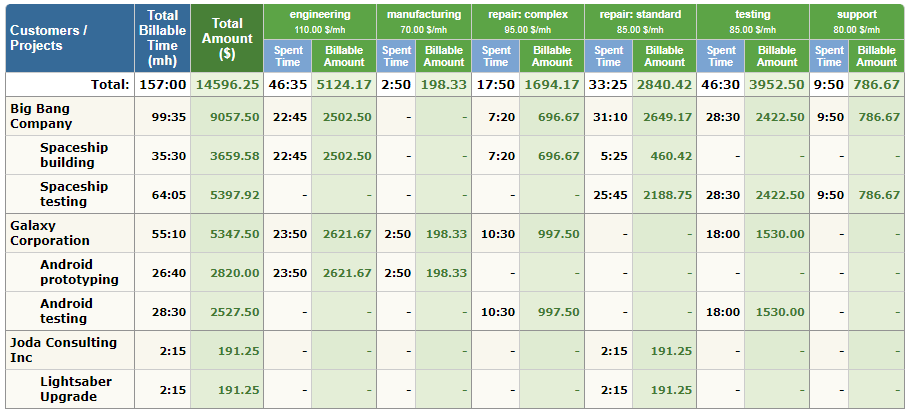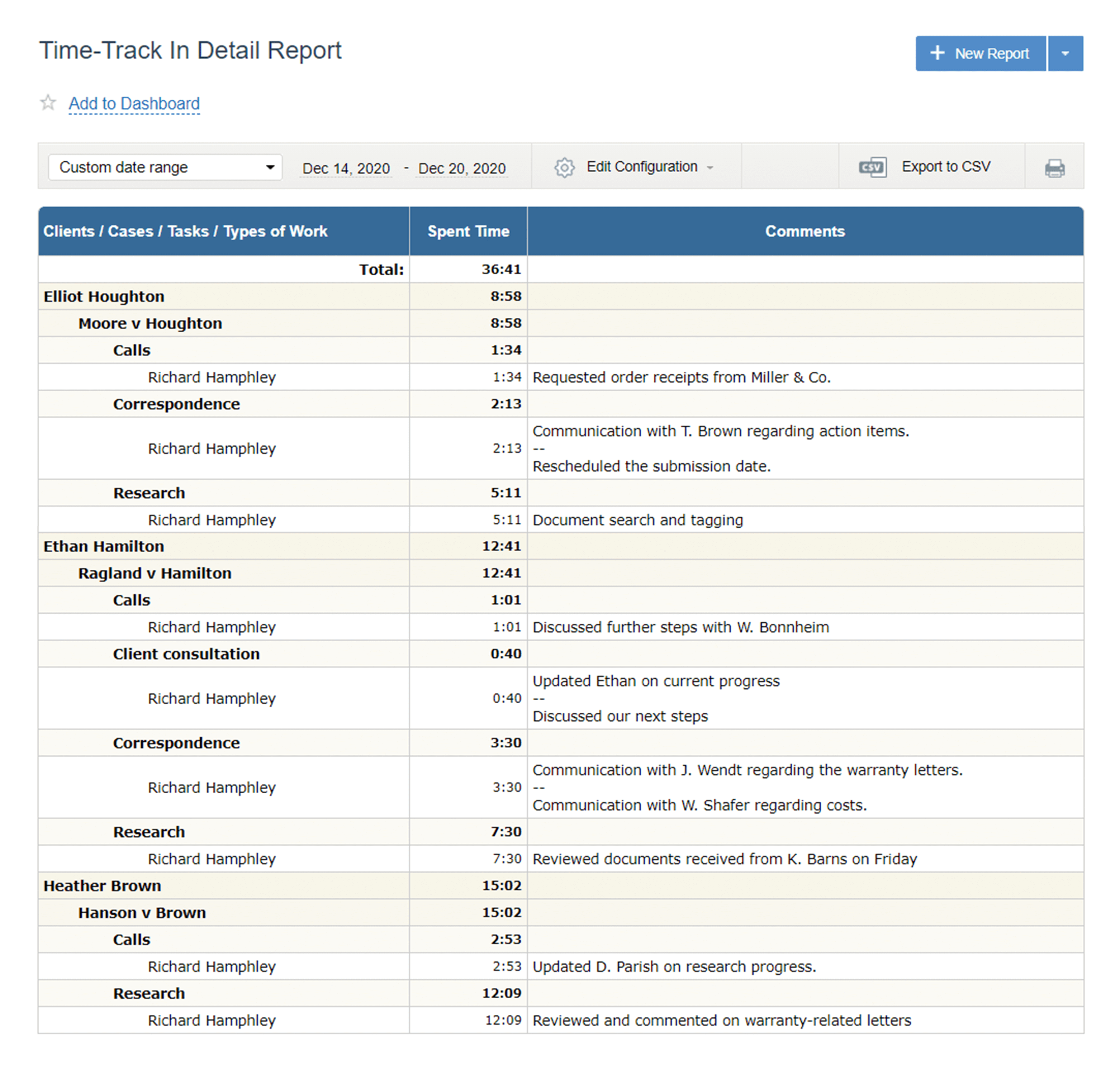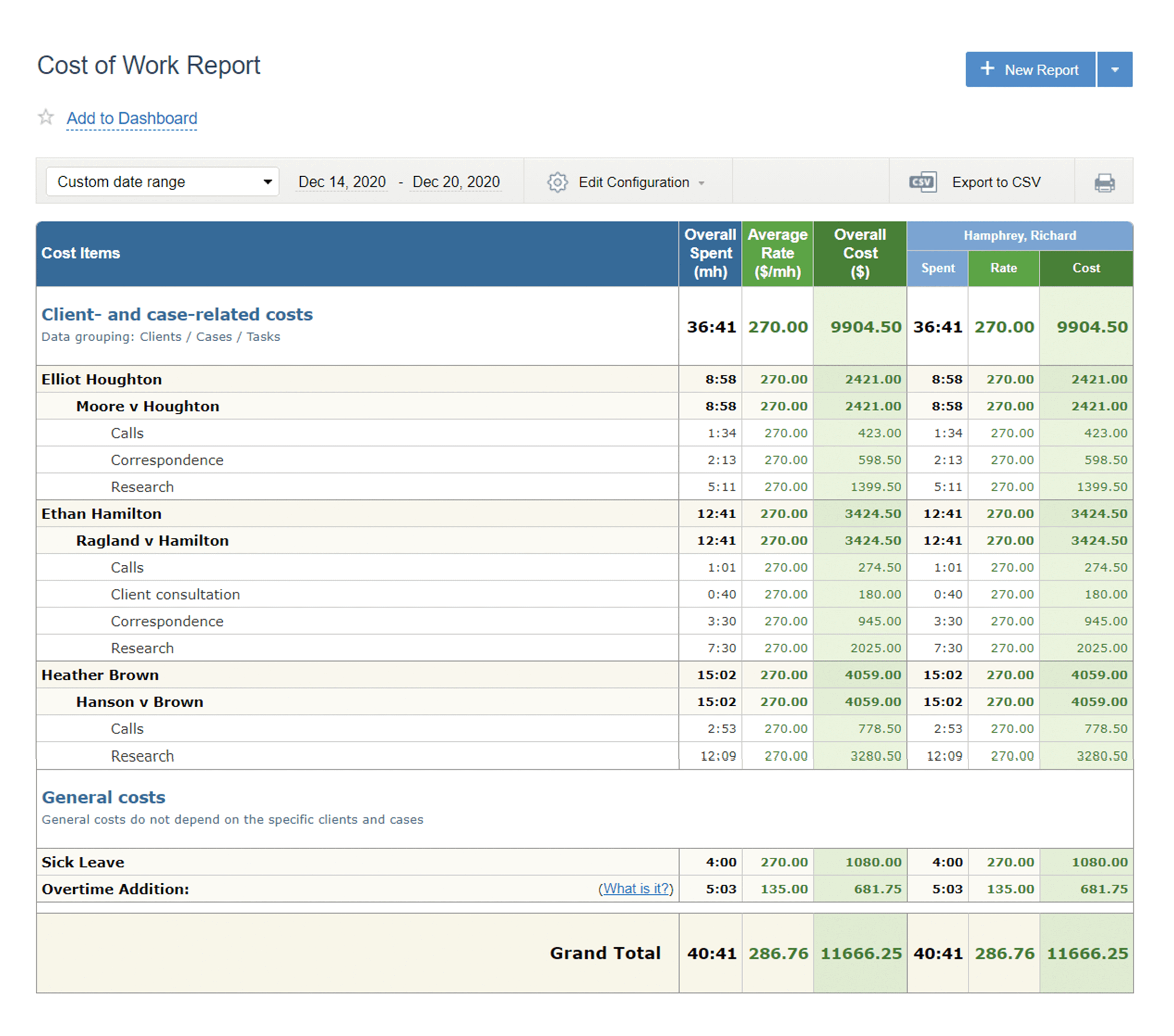
“Wow, we didn’t expect it to be this expensive!”
“A price tag like this for a tiny project? But why?”
“Your price point is too high, I’m going to your competitor!”
This is a common problem among talented professionals. They love doing their job, but hate negotiating prices and explaining clients how they come up with specific figures. The problem with explaining costs of service works mostly affects freelancers, self-employed individuals and small business owners – those who are personally responsible for both properly doing their job and handling such operational tasks as customer acquisition, negotiation, and billing.
The truth is, work is done not just for fun, and such matters as pricing, profitability, and billing process transparency are an integral part of it. Understandably, customers want to know what exactly they are paying for – and providing them with this data is essential for building productive relationships and reputation in the long term.
Common Problems of Cost of Service Works
You don’t necessarily need to work with a client from hell to experience difficulties with communication about your pricing and project costs. The nature of this topic makes it hard to navigate for both sides: too much tends to be unclear about how much the project will eventually cost. High levels of uncertainty inevitably create misunderstanding and disagreements – so here are some common things to avoid (or fix) to make your work costs clearer.
Unclear Work Scope
A clear work scope specifies works that will be done within the project with as much detail as possible to eliminate possible miscommunication. It’s not uncommon to specify works that are not included in the work scope – just to prevent the client from having false expectations.
-
How to fix it:
Create a work scope that states what works will and will not be done under specific project cost, and get it approved by your client. Implement a change management process to include necessary changes in the initial scope, and make sure the changes themselves and their effect on the final cost are documented.
Lack of Transparency
Even when the scope is defined clearly and doesn’t raise any questions on the client’s side, the amount of time and effort spent on specific work steps can be a source of misunderstanding.
-
How to fix it:
If you’re billing your clients by hour, most likely you’re keeping record of your work time. Make sure that the records contain necessary details on works performed on each step. Create a summary report showing work time and detailed information, and use it as a justification of incurred costs.

Billing Summary report in actiTIME (time & billable amounts)
Poor Estimation
Lack of time and cost estimates, or too rough ones, often result in an unpleasant surprise when billing time comes. A related problem here is not updating the client when estimates change: mostly, problems with unexpected costs can be solved by explaining properly and timely what is causing additional costs and how it can be handled.
-
How to fix it:
Estimates cannot be 100% accurate, but there’s always a way to improve the accuracy. Follow any specific estimation technique for your projects, use previous data to prepare better estimates for upcoming tasks, and inform your client as soon as your estimates change. Also, provide your clients with regular updates on the current progress and remaining work, or grant them access to this information in your work tracking system.
Lack of Trust
Trust problems are mostly related to work efficiency, one of the hardest parameters to measure and evaluate. How can a client know that you’re not loafing at their expense? How would they be sure that you’re investing your efforts according to the priorities set up at the planning phase? As annoying as these questions might be, they are understandable and not unusual, so handling them is a part of your job.
-
How to fix it:
Provide your clients with detailed information on current work progress and steps already performed: prepare regular reports with time and cost details, or grant them access to the system where this data is stored.
Explaining Costs in Different Pricing Models
Developing a clear and understandable pricing model is the first step to being transparent about your work costs. The models you use can change depending on specific project, of you can use a single model as a “one size fits all” solution. In different models, work costs can accumulate differently – and therefore different justification of them is required. Here are several popular pricing models and ways to handle communications around work costs in them.
Hourly Pricing
Billing clients on the basis of hourly rates is the traditional way to handle pricing. It works for projects where typical works at a standard rate are performed, and where deliverables are not clear. As there is no clear outcome and services are billed by hour, changes to the project scope are highly likely. This way, the justification of work efficiency is the primary issue that needs to be handled here:
- When keeping record of billable hours, leave comments on what exactly has been done;
- Provide your client with reports showing billable hours and comments with details;
- Make sure you track all activities, including communications with the client (as they tend to consume significant amounts of time and be costly).

Time-Track In Detail report in actiTIME
Fixed Pricing
Fixed, or project-based pricing, implies a flat fee for all project works, regardless of how much resources they consume. This eliminates the problem of work efficiency (as there’s no hourly payment), but project scope clarity is the key point here. If the client tends to negotiate including new features and services in the scope, you might not reach planned profitability figures. In this case, handle project costs as follows:
- Make sure your initial scope is documented clearly, and
- Changes are managed – negotiated, planned and agreed – and also documented properly.
Value-Based Pricing
This pricing method is based on evaluation of the delivered value and works for projects where deliverables are clear, measurable, and predictable. For example, it is used in marketing, design, consulting, etc.
Based on provided solutions, this method rarely creates room for cost arguments. However, misunderstandings are possible: it is not uncommon when two clients pay different price for the same amount of work, or when different amounts of time and efforts cost approximately the same in two different projects. To prevent miscommunication, make sure that:
- Deliverables and delivery dates are clearly specified in the agreement;
- They are not tied to time spent on providing them.
Package Pricing
A convenient model for projects where typical service options or service periods exist. In it, you set prices for standard services before analyzing how much time and resources specific project will consume. This eliminates price negotiation step, but often invites questions about work efficiency and reasonable investment of efforts. To handle justification of your package prices:
- Prepare detailed descriptions of works and services contained in each package type, along with approximate time required for performing each step;
- Keep record of how much work time you actually spend on your services, including all administrative, operational and communication works, to justify incurred costs and adjust prices if necessary.

Cost of Service Work report in actiTIME
Performance-Based Pricing
A rarely used model that is focused on performance of your work instead of spent time. The basis of the pricing is achieved metrics, goals, and parameters. It seemingly should alleviate cost-based arguments and misunderstandings, but in practice it is not quite so: work efficiency questions do arise, and usually they are framed in terms of a sooner delivery of project results. To explain why project deliverables require investment of certain time:
- Estimate time required for upcoming works in as much detail as possible, based on your previous experience, and provide your client with the estimates;
- Provide the client with reports showing work progress with descriptions of activities performed on specific steps.
Ready to Upgrade Cost Management?
Explaining work costs and pricing is definitely not the easiest task in your professional activities, but it’s an integral part of your job. Regardless of what pricing model you choose, keep accurate records of your work processes, including the data on planned time, cost, activities performed on each step, and events that factor in delivery dates. Provide your clients with estimates and progress reports, be transparent about your pricing, and inform them timely if resulting costs are likely to be different from the estimates.
















































